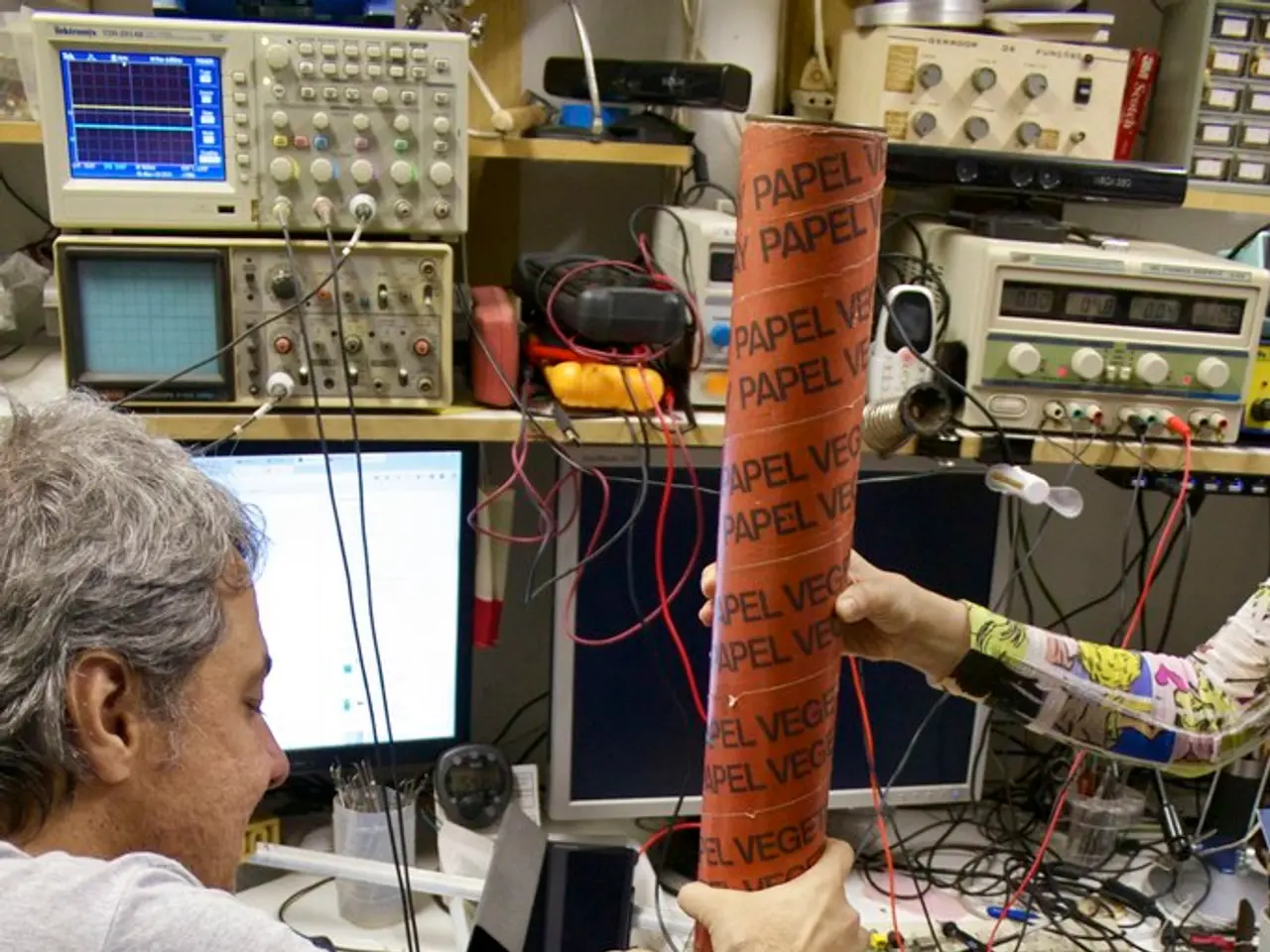Contents of the seafloor packed with explosives: Examining the wellbeing of fish specimens from the Northern and Baltic Seas.
Sunken Time Bombs: WWII Remnants Jeopardize North and Baltic Seas
The depths of the North and Baltic Seas conceal a hidden threat—an estimated 1.6 million tons of old World War II munitions. Geologist Jens Greinert of Kiel-based Helmholtz Centre for Ocean Research (GEOMAR) warns that the entire German Baltic Sea is contaminated with these explosives. Known hotspots are areas where the Allies dumped munitions post-war.
These decaying grenades, torpedoes, bombs, mines, and cartridges have been corroding for 80 years, releasing dangerous substances like TNT, a carcinogen.
Federal Funding and International Efforts
Over 200 experts from 16 nations gathered in Kiel for the "Munition Clearance Week" conference, discussing strategy for removing these time bombs from the sea and the challenges involved. Coinciding with the conference, TKMS, a Kiel-based shipyard, displayed a floating platform designed for munitions disposal.
In response, the German government committed 100 million euros for an immediate removal program in the North and Baltic Seas. In September, three companies, appointed by the Federal Ministry for the Environment, began withdrawing WWII munitions from the Lübeck Bay. This pilot project intends to establish valuable insights for systematic removal using a platform.
A Munitions-Free Baltic Sea within Reach?
According to munitions expert Greinert, a munition-free German Baltic Sea is plausible by the end of the 2040s if sufficient funding is secured. Some areas, such as the Kolberger Heide near Kiel, have munitions just a few kilometers from the shore.
Scientists have already detected explosives in the water and in fish near known storage sites.
TNT Traces Discovered in the North and Baltic Seas
Jennifer Strehse, an expert from the Kiel Institute for Toxicology and Pharmacology, revealed before the conference that traces of TNT and its transformation products have been found. Yet, the concentrations are currently low.
Though humans may not face immediate health risks from eating infected fish, Strehse warns that if munitions continue releasing these substances or the concentrations increase over time, possible hazards may arise.
- Sources:
- Overall: 1, 3
- Efforts and Challenges: 2
- Potential Health Risks: 3, 2
- Enrichment Insights:
- As of 2023, pilot recovery projects have commenced in the Bay of Lübeck using mechanical means to extract munitions, while those requiring detonation are managed with underwater barriers to protect marine life.
- Ongoing recovery efforts require tailored technological approaches as high-density munitions areas present considerable challenges.
- Quality safety measures, such as full military-grade chemical protection suits, are essential during recovery operations due to toxic substance risks.
- The projected rate of removal at the current salvage rate could take up to 900 years.
- The impact on the environment calls for continuous monitoring and research using remote sensing and similar methods.
- As the North and Baltic Seas continue to house an abundance of World War II munitions, the field of environmental science becomes increasingly important in analyzing the potential risks these explosives pose to both the marine environment and human health-and-wellness, particularly in relation to contaminants like TNT.
- The science of nutrition also plays a role in this issue, as it is essential to understand any potential impact that ingesting fish contaminated with TNT may have on human health, and to encourage sustainable fishing practices in regions where munitions are known to exist.
- With the growing concern over climate change, it is crucial to consider the potential impacts of munitions removal on the overall balance of the North and Baltic Seas ecosystem, and how the process of munitions disposal might contribute to or mitigate existing environmental challenges in the region, including fitness-and-exercise opportunities for marine life, such as in the context of recreational diving or tourism.







